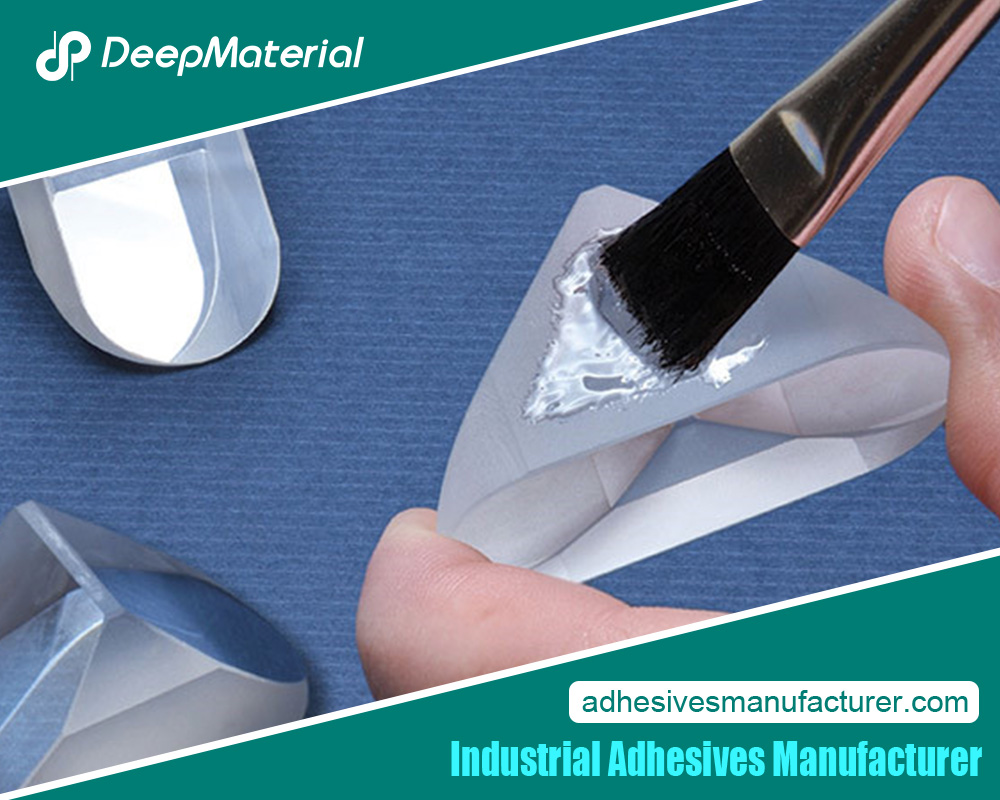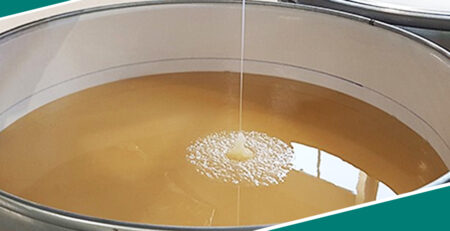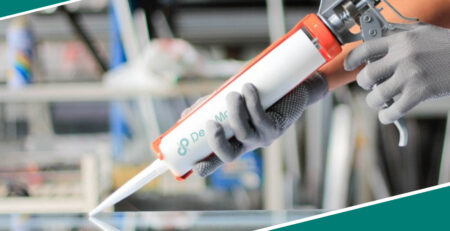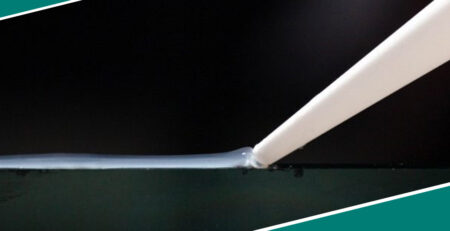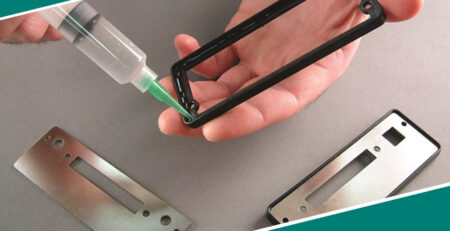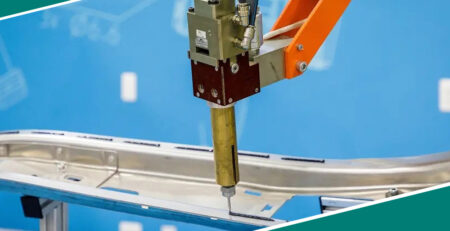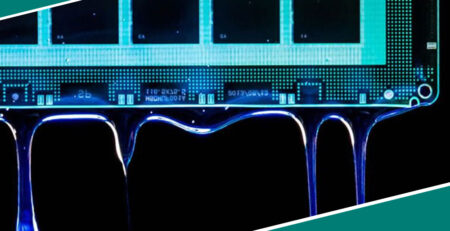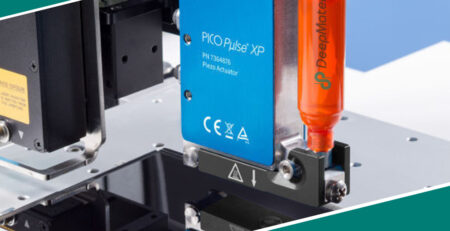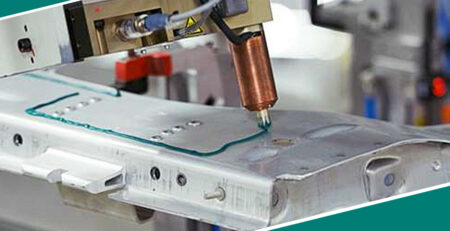How to Remove Excess or Spilled Best Epoxy Adhesive Glue for Metal to Plastic
How to Remove Excess or Spilled Best Epoxy Adhesive Glue for Metal to Plastic
Epoxy adhesive glue is a versatile and widely used bonding agent designed to bond metal and plastic surfaces together. It consists of a resin and a hardener that, when mixed, create a strong and durable bond. This type of glue is commonly used in industries such as automotive, construction, and electronics, where bonding metal to plastic is necessary.
The main advantage of using epoxy adhesive glue for metal to plastic bonding is its ability to form a strong and permanent bond. Unlike other adhesives, epoxy glue creates a chemical bond with the surfaces, making it resistant to heat, chemicals, and moisture. This resistance is ideal for situations where the bonded surfaces will face harsh conditions.
Common Causes of Excess or Spilled Epoxy Adhesive Glue
Epoxy adhesive glue can be difficult to work with due to its viscous nature. One common issue is excess or spilled glue, often due to improper mixing of the resin and hardener. Incorrect ratios or insufficient mixing can lead to uneven application and excess glue being squeezed out during the bonding process.
Excessive pressure during bonding can also cause the glue to spill out from the edges of the bonded surfaces. Additionally, using too much adhesive may result in excess glue.
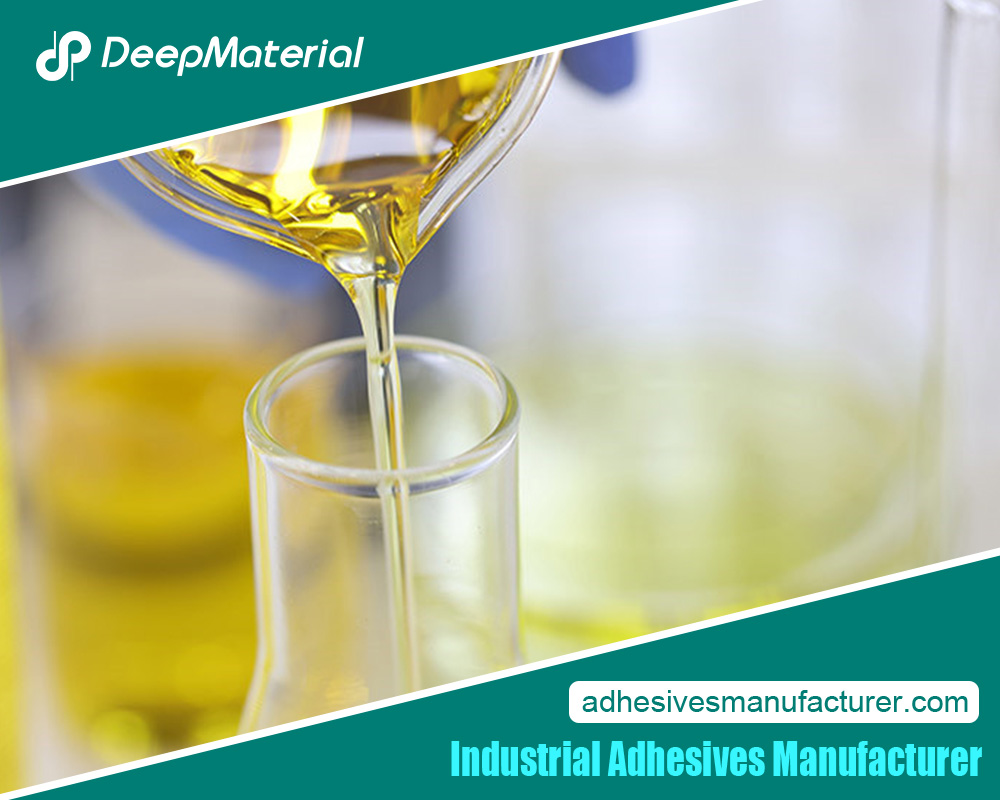
Importance of Removing Excess or Spilled Epoxy Adhesive Glue
It is crucial to remove any excess or spilled epoxy adhesive glue from metal and plastic surfaces. Leaving excess glue can affect the aesthetics of the bonded area, as dried glue can be unsightly and hard to remove once it has cured.
Furthermore, excess or spilled glue can interfere with the functionality of the bonded parts. If glue remains in areas it shouldn’t, it can restrict movement or impair performance, potentially leading to failure of the bonded parts.
Excess epoxy glue can also be a safety hazard, especially if it comes into contact with moving parts or sensitive equipment. Removing any spilled or excess glue is essential to ensure the safety and functionality of the bonded surfaces.
Safety Precautions Before Removing Epoxy Adhesive Glue
Before you begin removing excess or spilled epoxy adhesive glue, it’s crucial to take appropriate safety precautions. Epoxy adhesive glue contains chemicals that can be harmful if they contact your skin, eyes, or respiratory system. To prevent potential health hazards, wear protective gear such as gloves, safety goggles, and a respirator.
Additionally, ensure you work in a well-ventilated area. Epoxy adhesive glue emits fumes during the curing process that can be harmful if inhaled in high concentrations. A well-ventilated environment helps minimize exposure to these fumes and ensures a safer working condition.
It’s also advisable to read and follow the manufacturer’s instructions and safety guidelines before attempting to remove the glue. Different types of epoxy adhesive glues may have specific removal instructions, and adhering to these guidelines will help ensure a successful and safe removal process.
Tools and Materials Required for Removing Epoxy Adhesive Glue
To effectively remove excess or spilled epoxy adhesive glue, you will need several tools and materials:
Plastic scraper or putty knife: Use this to gently scrape off the excess glue from surfaces without causing damage.
Solvent or adhesive remover: This helps dissolve the epoxy adhesive glue, making it easier to remove. Ensure the solvent is compatible with the type of epoxy adhesive glue you are dealing with.
Clean cloth or sponge: Use this to apply the solvent or adhesive remover and to wipe away the dissolved glue.
Fine-grit sandpaper: This can be used to gently sand away any remaining traces of epoxy adhesive glue after the majority has been removed.
Isopropyl alcohol: Use this to clean the surfaces after removing the epoxy adhesive glue, ensuring they are free from any residue.
Step-by-Step Guide on How to Remove Excess or Spilled Epoxy Adhesive Glue
Prepare the work area: Start by setting up a protective covering like a drop cloth or newspaper to catch any drips or spills.
Scrape off excess glue: Use a plastic scraper or putty knife to gently remove as much of the excess epoxy adhesive glue as possible. Be careful to avoid applying too much pressure, which could damage the surfaces.
Apply solvent or adhesive remover: Dab a small amount of solvent or adhesive remover onto a clean cloth or sponge and gently rub it onto the remaining epoxy adhesive glue. Let the solvent work to dissolve the glue for a few minutes.
Wipe away dissolved glue: Continue using the cloth or sponge to wipe away the dissolved epoxy adhesive glue. Repeat as necessary until all the glue is removed.
Sand the surfaces (if needed): If traces of epoxy adhesive glue remain, gently sand the surfaces with fine-grit sandpaper. Be cautious not to sand too harshly, as this could damage the surfaces.
Clean the surfaces: After all the epoxy adhesive glue has been removed, clean the surfaces with isopropyl alcohol to remove any lingering residue. This ensures the surfaces are clean and ready for further use or the reapplication of adhesive.
Tips and Tricks for Effective Removal of Epoxy Adhesive Glue
- If the epoxy adhesive glue is still wet, removing it can be easier by wiping it away with a clean cloth or sponge before it fully cures.
- Heating the epoxy adhesive glue with a hairdryer or heat gun can soften it, making it easier to scrape off.
- For stubborn or hardened epoxy adhesive glue, soaking the affected area in warm soapy water for a few minutes can help loosen the bond before you attempt to remove it.
- When using solvents or adhesive removers, always test them on a small, inconspicuous area first to ensure compatibility and prevent damage to the surfaces.
Alternative Methods for Removing Epoxy Adhesive Glue
While scraping and using solvents are common methods for removing epoxy adhesive glue, alternative methods may be suitable depending on the specific situation. These include:
Mechanical removal: Using a rotary tool with a sanding or grinding attachment can help carefully grind away the excess epoxy adhesive glue. This method is more aggressive and should be used cautiously to avoid damaging the surfaces.
Heat gun: Applying direct heat to the epoxy adhesive glue with a heat gun can soften it, making it easier to scrape off. However, be careful to avoid overheating or damaging the surfaces.
Chemical strippers: Specialized chemical strippers designed to remove epoxy adhesive glue are available. These products work by breaking down the chemical bonds of the adhesive, making it easier to remove.
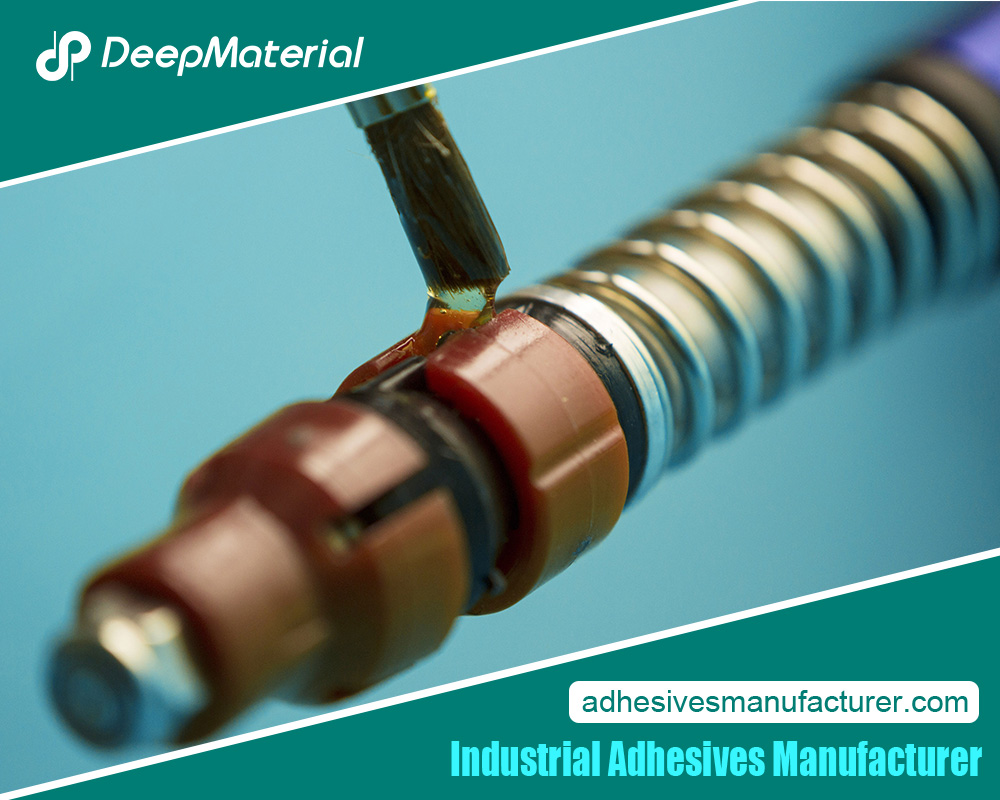
A Wrap Up
In conclusion, removing excess or spilled epoxy adhesive glue from metal and plastic surfaces is important for both aesthetic and functional reasons. Leaving excess glue can compromise the appearance and functionality of the bonded parts, and it can pose safety hazards. By following the step-by-step guide and taking necessary precautions, you can effectively remove epoxy adhesive glue without damaging the surfaces.
Moreover, preventing excess or spilled epoxy adhesive glue in the future can save time and resources. Accurate measuring, thorough mixing, and applying the glue in thin layers are crucial during application. By adhering to these tips and tricks, users can achieve a clean and successful bond between metal and plastic surfaces using epoxy adhesive glue.
For more about how to remove excess or spilled best epoxy adhesive glue for metal to plastic, you can pay a visit to Deepmaterial at https://www.adhesivesmanufacturer.com/ for more info.

